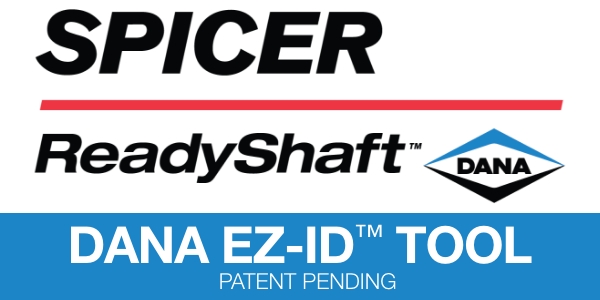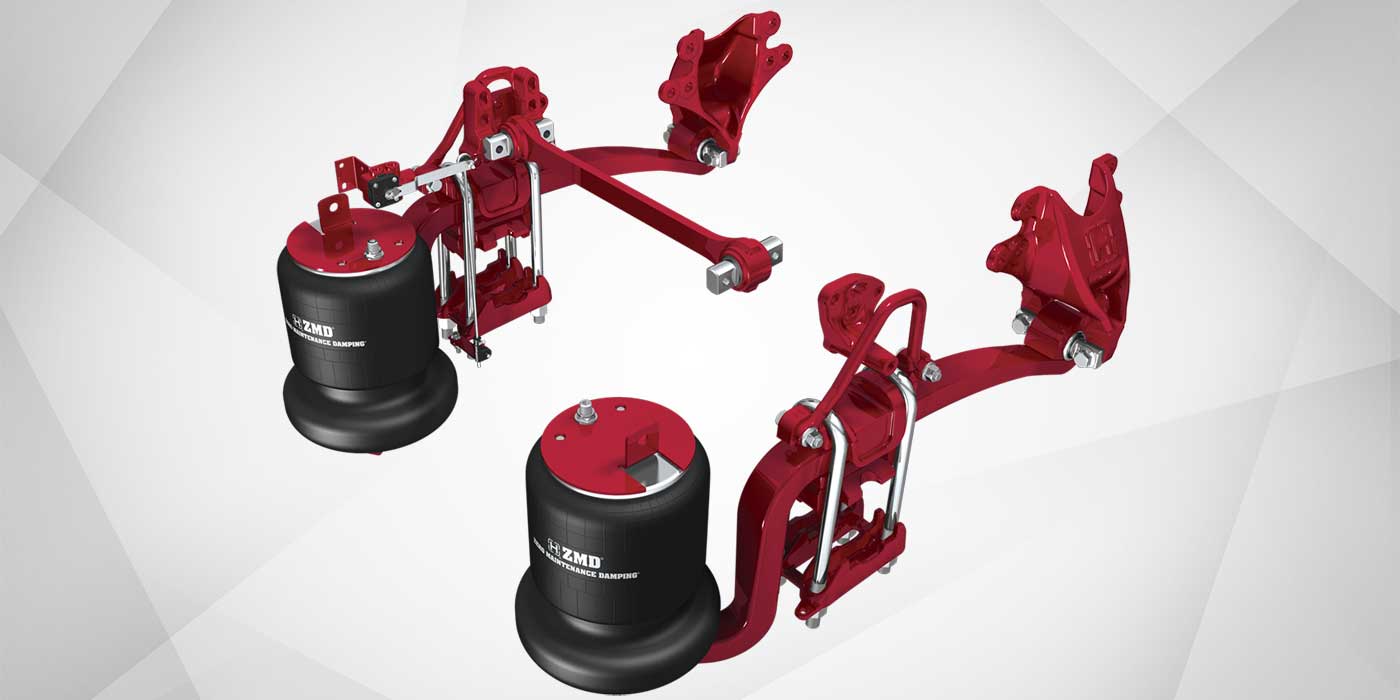When maintaining your truck’s air spring suspension system, ensuring the correct ride height is crucial. An incorrect height can result in reduced performance, durability, and even safety. Here’s a step-by-step guide on how to accurately measure and set your truck’s air spring ride height.
- Reference the Manufacturer’s Specs: Firstly, consult your vehicle’s manufacturer to determine the correct suspension ride height for your specific vehicle. If your vehicle has multiple axles, note which axle the height control valve is attached to.
- Drive Forward to release any tension in the suspension: Drive your truck forward in a straight line for at least two vehicle lengths.
- Position Your Vehicle: Park your vehicle on a level surface and ensure it’s unloaded or has its trailer disconnected. Chock the front tires to prevent any unwanted movement.
- Pressurize the Air System: With a consistent air supply exceeding 70 PSI (4.8 bars), make sure all air springs inflate properly, raising the suspension to the right ride height.
- Measure the Frame Height: At the axle where the height control valve is located, measure the distance from the bottom of the frame rail to the ground.
- Measure Wheel Height: Now, measure the distance from the center of the wheel to the ground.
- Calculate the Ride Height: Subtract the wheel height (Step 6) from the frame height (Step 5) to determine your truck’s current ride height. For instance, if the frame height is 30 inches and wheel height is 20 inches, the current ride height is 10 inches.
Keep in mind that the optimal ride height is explicitly stated in the manufacturer’s specs. Deviating from these specifications can lead to hindered performance, reduced comfort, and even part failures.
Examine the suspension during the daily vehicle pre-trip inspection. Professionals recommend physically measuring the ride height annually or every 100,000 miles and checking within the first three months or 5,000 miles for new vehicles.
Regular maintenance is vital. Ensuring the correct ride height helps optimize the air spring’s performance, ensuring your truck runs efficiently, safely, and comfortably.













